01. September, 2025delish0
This is not only an upgrade of equipment performance, but also a profound change in the entire film processing industry to meet the needs of downstream industries. Here's a detailed breakdown of the core trends:
Overview of overall trends
In 2024, the film slitting machine market is shifting from traditional "functional" equipment to "value" solutions. The core forces driving this shift come from:
• Downstream demand: New energy (lithium batteries, photovoltaics), high-end packaging (food, medicine), display panels and other industries have unprecedented requirements for the precision, efficiency and consistency of thin film materials.
• Cost pressure: Rising labor costs and increased market competition are forcing manufacturers to reduce overall production costs by improving equipment efficiency and automation.
• Technology Convergence: The maturity and cost reduction of technologies such as the Industrial Internet of Things (IIoT), artificial intelligence (AI), and machine vision have made it possible to apply them on a large scale in slitting machines.
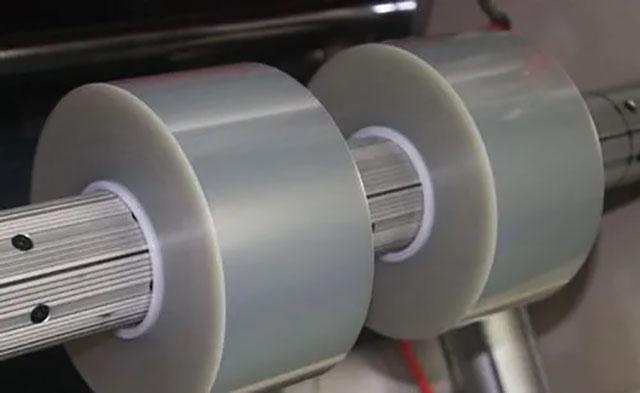
Trend 1: High speed and high efficiency
High speed directly means increased production capacity and reduced cost per unit time, which is the most direct reflection of market competitiveness.
1. Increasing Speed Limits:
◦ The traditional slitting machine speed is usually 300-800 m/min, while the design speed of current high-end models has generally exceeded 1000 m/min, and some models for specific materials (such as lithium battery separators) are even higher.
◦ This requires the equipment to be optimized in terms of mechanical structure, drive system, dynamic balance, etc., to ensure stable operation at high speeds.
2. Optimization of Efficiency in the Whole Process:
◦ Quick tool change (set) system: The pneumatic or hydraulically driven quick tool change device reduces the time to change blades and specifications from hours to minutes, greatly reducing equipment downtime.
◦ Automatic loading and unloading system: Integrate automatic winding trucks, AGV trolleys, etc., to realize the automatic conveying and positioning of raw material rolls and finished product rolls, reduce the labor intensity of workers, and improve continuous production capacity.
◦ Centralized operating system: Integrates the control of unwinding, traction, slitting, winding, and other links in a central console, simplifying the operation process and improving the efficiency of human-machine collaboration.
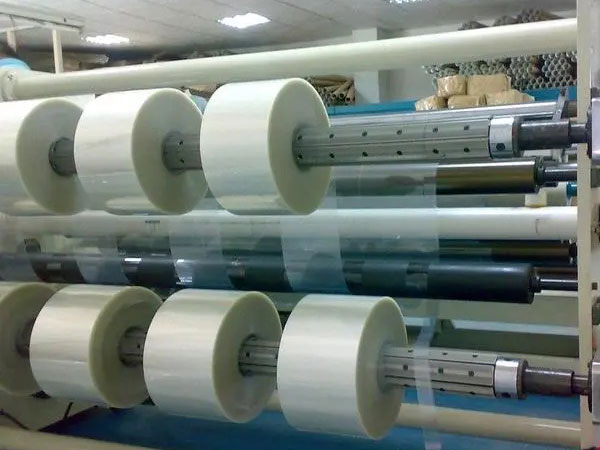
Trend 2: Intelligence and digitalization
Intelligence is the soul of the current development of slitting machine technology, which allows the equipment to change from an "obedient tool" to a "thinking partner".
1. AI vision online detection and closed-loop control:
◦ Equipped with a high-resolution CCD camera, it performs 100% full-frame real-time scanning of the film surface, automatically detecting and marking defects such as scratches, crystal points, dirt, and streaks.
◦ The system can automatically adjust process parameters (such as tension and pressure) based on inspection data to achieve closed-loop optimal control of the production process, prevent defect expansion, and ensure product quality consistency.
2. Digital twin and virtual commissioning:
◦ Build a virtual model (digital twin) of the slitting machine in the computer, which can simulate operation and debugging before the actual manufacturing of the equipment, detect design problems in advance, and greatly shorten the on-site installation and commissioning cycle.
3. Predictive Maintenance:
◦ Real-time monitoring of vibration, temperature, noise, and other status data by installing sensors on key components such as spindles, bearings, and motors.
◦ Utilize AI algorithms to analyze data trends, warn of potential failures in advance, and plan maintenance times to avoid huge losses caused by unplanned downtime. This is an advanced mode that is completely different from traditional scheduled maintenance or post-failure repairs.
4. Cloud Data Management and Remote O&M:
◦ Production data (speed, output, yield rate, energy consumption, etc.) is uploaded to the cloud platform in real time, and managers can monitor the production status of global factories anytime and anywhere through mobile phones or computers.
◦ Equipment supplier's experts can perform remote diagnostics, troubleshooting, and program upgrades, providing efficient after-sales service and reducing the need for on-site engineers.
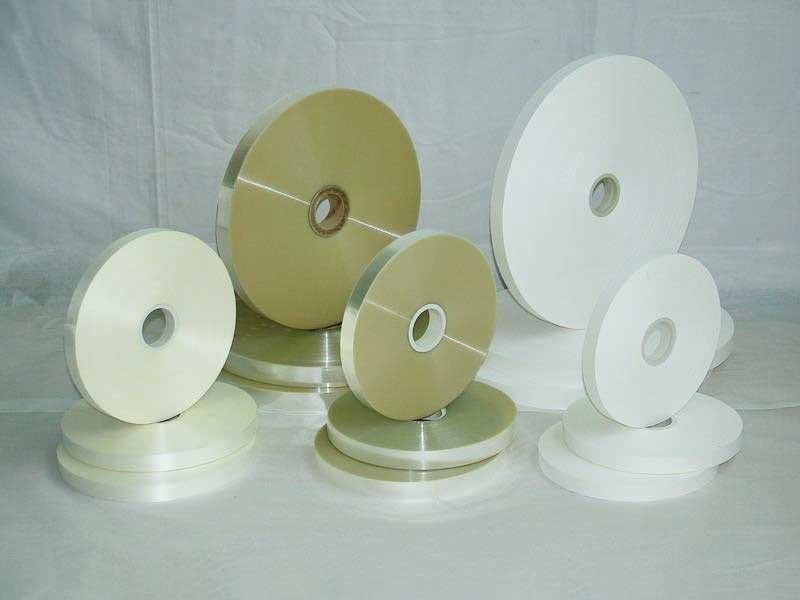
Other important synergistic trends
1. High Precision and High Quality:
◦ The ultimate goal of high speed and intelligence is to produce higher quality products. High-precision tension control systems (usually multi-stage tension control) and advanced winding technologies (such as center winding, surface winding, or a combination of both) are the keys to ensuring unmatched coil flatness and end face neatness after slitting.
2. Modular and flexible design:
◦ In order to adapt to the production trend of multiple varieties and small batches, the slitting machine adopts a modular design, which can quickly select different functional modules (such as different types of cutting knives, edge material recovery systems, dust removal devices, etc.) like "building blocks", and flexibly respond to the slitting needs of different materials (PET, PP, CPP, aluminum foil, diaphragm, composite film, etc.).
3. Green and Energy Saving:
◦ The use of high-efficiency and energy-saving technologies such as servo motors and energy feedback systems reduces the energy consumption of equipment operation, which is in line with the sustainable development direction of the global manufacturing industry.
Downstream application market driven
• New energy industry: Lithium battery separator and copper/aluminum foil have the highest requirements for the speed, accuracy and cleanliness of slitting machines, and are the main demand side of high-end slitting machines. Metal shavings from blades are fatal defects, so there is an urgent need for contamination-free cutting technology.
• High-end packaging industry: Food and pharmaceutical packaging requires dust-free and pollution-free, and has high requirements for sealing after slitting, requiring slitting machines to have extremely high edge quality.
• Optical film and display industry: Electronic film materials such as OLED and MLCC are valuable, and any slitting defect will lead to huge losses, so the requirements for in-line inspection and tension control are extremely demanding.
summary
In 2024, high speed and intelligence are no longer optional configurations for film slitting machines, but entry thresholds to participate in market competition. The leaders of the future will be those that deliver all-in-one solutions that are not only fast, but also "smart", stable, connected, and can provide customers with continuous data value. This change is reshaping the competitive landscape in the field of film slitting and driving the entire industry chain towards high-end manufacturing.



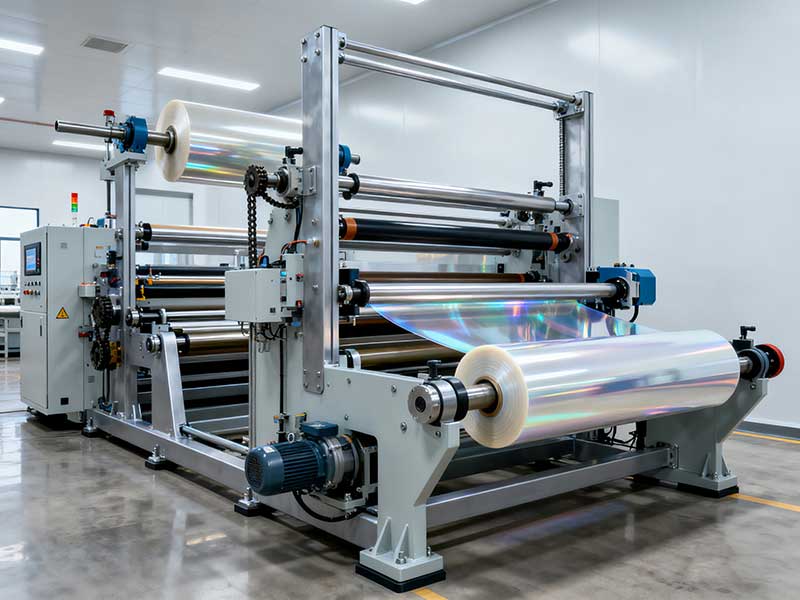
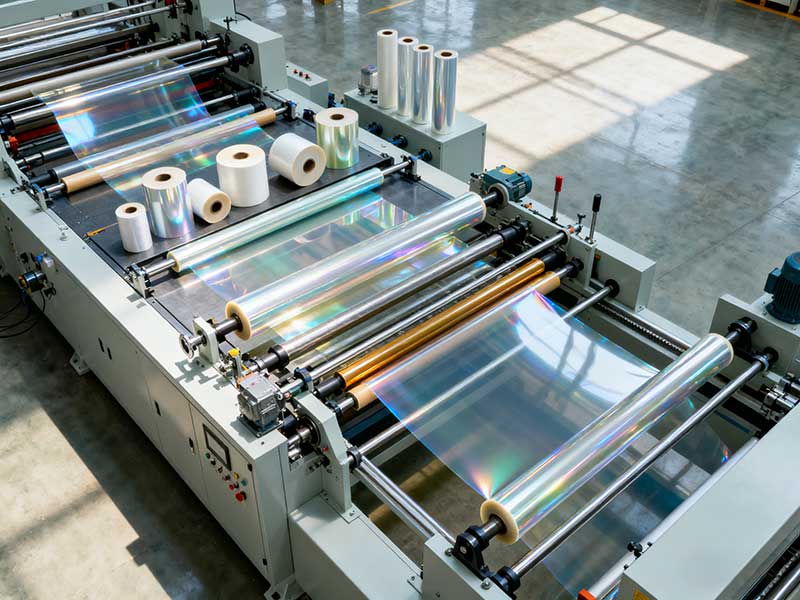
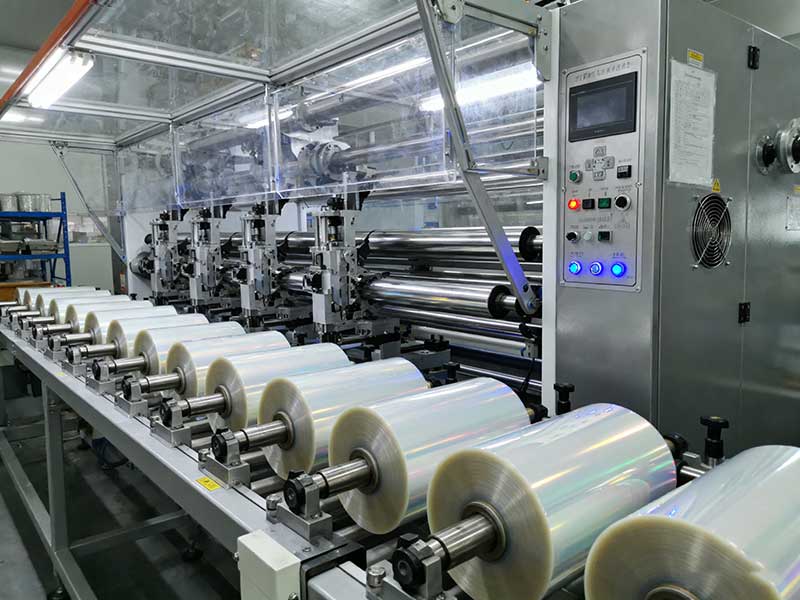

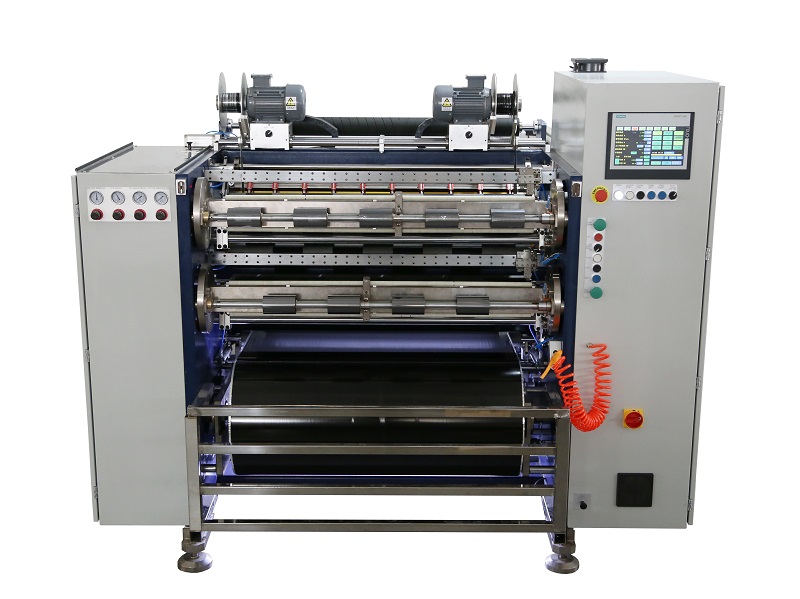 Fully Automatic TTR Slitter RSDS8 Plus
Fully Automatic TTR Slitter RSDS8 Plus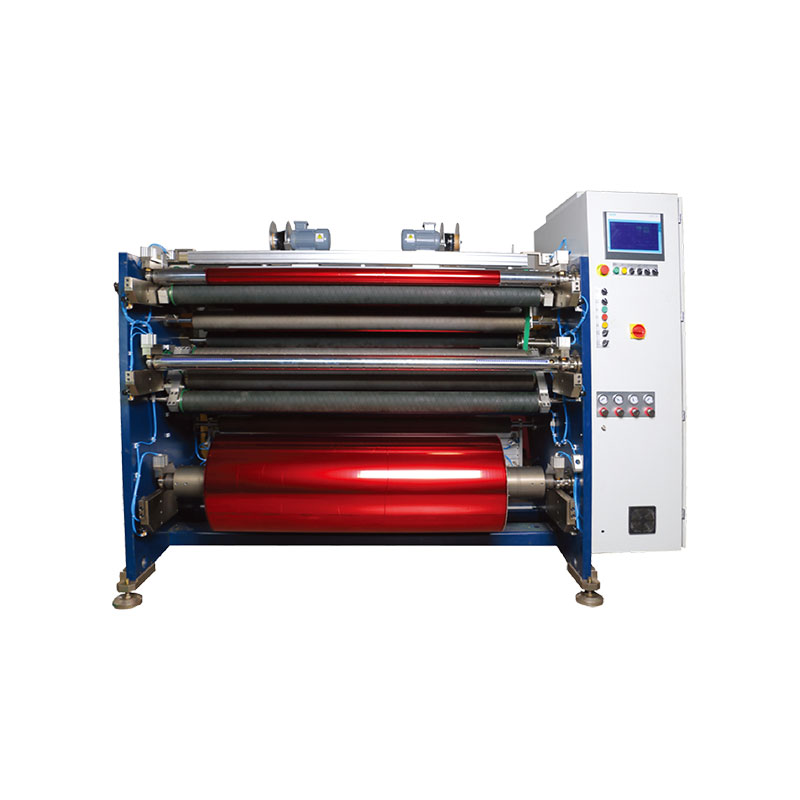 Hot Stamping Foil Slitter 1600mm
Hot Stamping Foil Slitter 1600mm Hot Stamping Foil Slitter (4 Shafts)
Hot Stamping Foil Slitter (4 Shafts)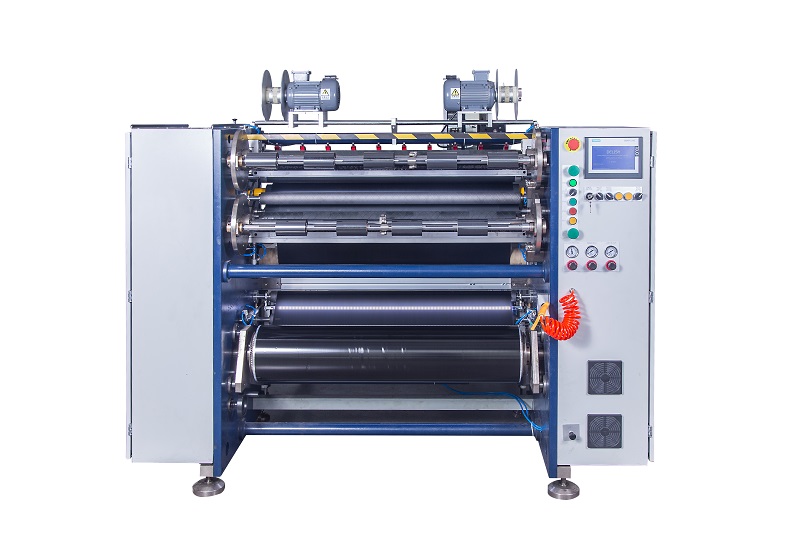 Semi-Auto TTR Slitter RSDS2 Plus
Semi-Auto TTR Slitter RSDS2 Plus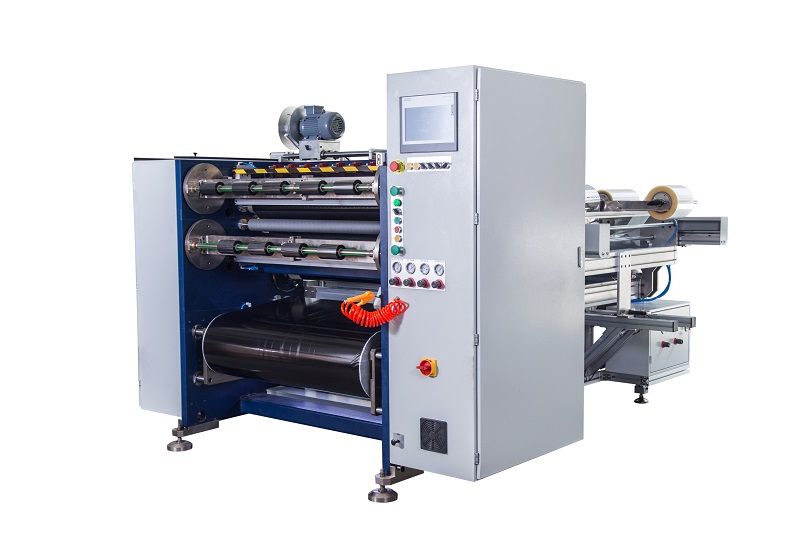 Semi Automatic TTR Slitter RSDS5 Plus
Semi Automatic TTR Slitter RSDS5 Plus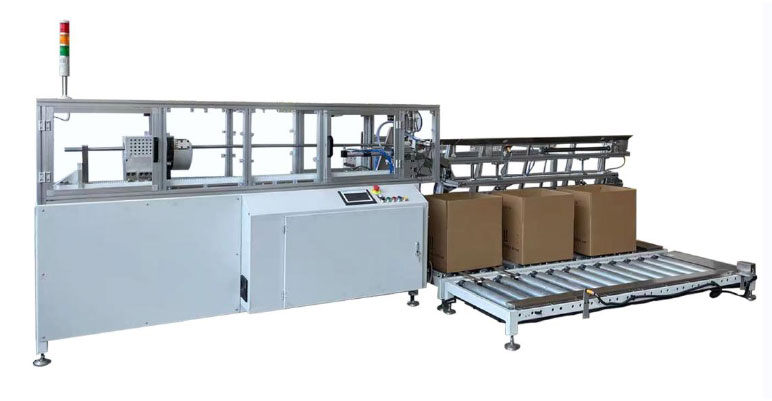 Auto Paper Core Cutter
Auto Paper Core Cutter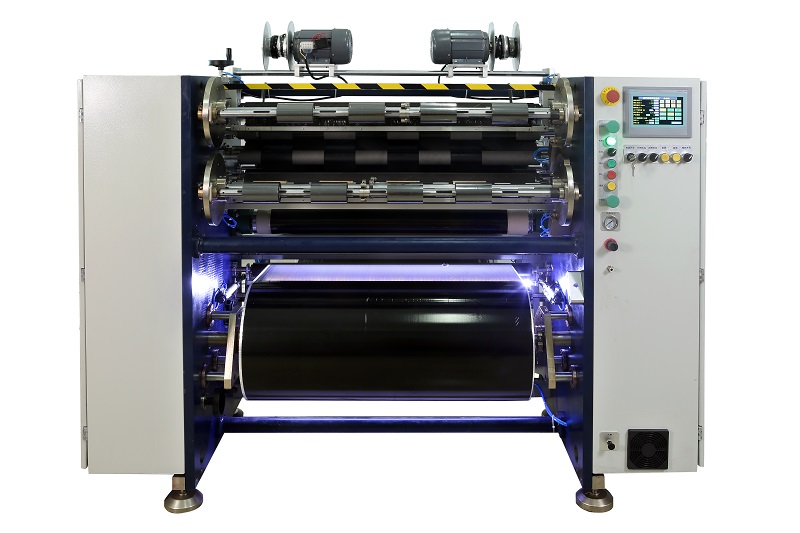 Manual TTR Slitter RSDS2
Manual TTR Slitter RSDS2 Manual Paper Core Cutter
Manual Paper Core Cutter





